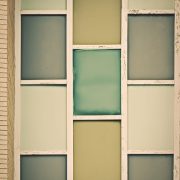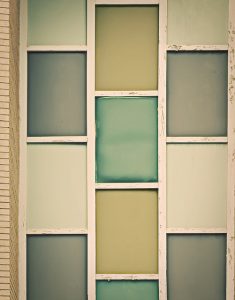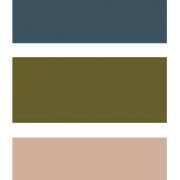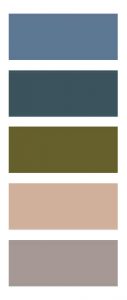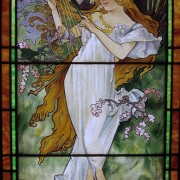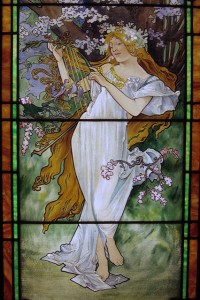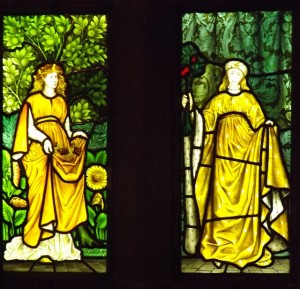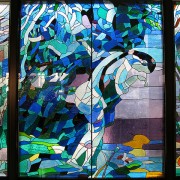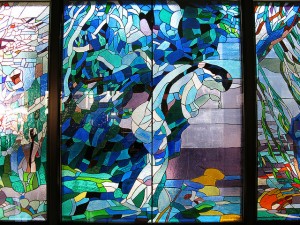Celebrate Earth Day with Painted Glass
A growing number of consumers have made it clear that they want to take a more active
role in supporting and preserving the environment. They’re looking for designs and products that are more environmentally responsible and don’t have long-term impacts on human health. In part, that explains why glass is making a comeback. It also explains the growing interest in painted glass.Painted glass is environmentally friendly
Painted glass has a lot going for it. From a consumer perspective, glass is often a local or regional product. Because of its nature, transporting glass over long distances isn’t attractive, so most float glass is regionally produced to limit transportation issues.
Consumers can cut ordinary glass to fit an application precisely. While glass is generally heavy, thin glass laminates won’t add a significant amount of weight to walls or surfaces. It’s easy to mount, using readily available adhesives.
Painted glass is easy to make. While you can purchase painted glass, it’s actually less expensive to make your own! Using ordinary painting tools that are available at any local home improvement store, you can make professional quality painted glass. The trick is to use paint like Glassprimer™ glass paint, which is designed to adhere to glass.
Glassprimer™ glass paint comes in two formulations – one that’s oil-based and one that’s water-based. Both formulations are low-VOC compounds. That’s important for interior paint projects, because it means that the paints won’t leave any unpleasant, unhealthy paint odors in your home or office. In either case, you can clean up the paint using regular paint thinner.
Painted glass is safe. Since glass is inert, and the unpainted surface of the finished glass is exposed, you work with a surface that’s easy to clean and sanitize. It won’t deteriorate, and it doesn’t release toxic by-products into your environment.
Products like Glassprimer™ glass paint mean that you can celebrate Earth Day every day in your home or office. If you’d like more information about Glassprimer™ glass paint, please check out the rest of our site, at http://www.glassprimer.com.
Photo Credit: NASA



